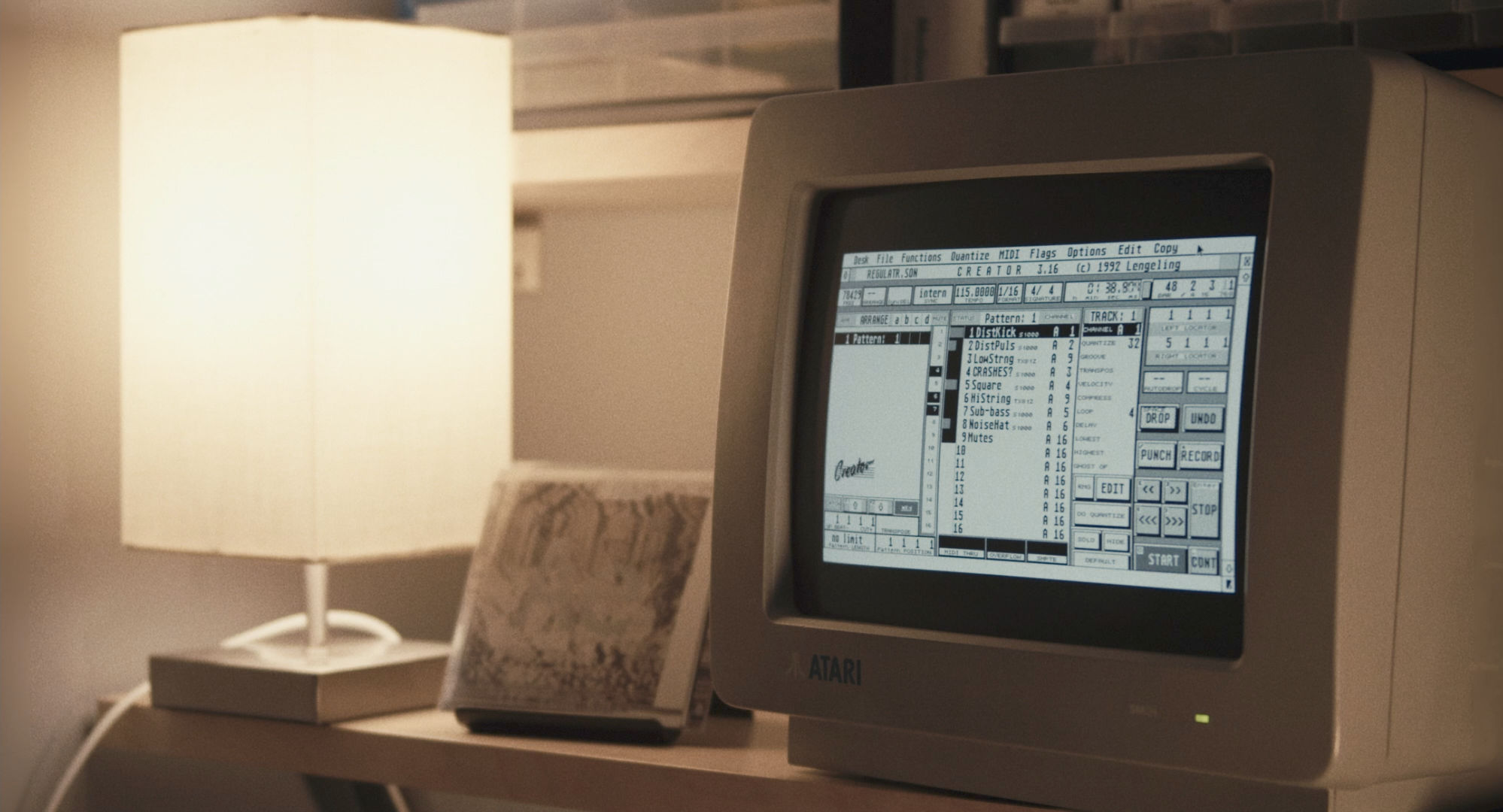MIDI sequencer

Atari ST running C-LAB Creator
As its name implies, a MIDI sequencer records and plays back notes using MIDI. The notes are generally entered via a MIDI keyboard in realtime, stored for safekeeping, and relayed over different channels to various MIDI synthesisers and samplers.
On the surface level, it seems quite different from a digital step sequencer, effortlessly playing back freestyle playing. Upon closer inspection, however, it still has a grid listing when values change. This grid just has a finer resolution than before: instead of the 4 PPQN of an analogue step sequencer, or the 24 PPQN typical of a digital step sequencer, MIDI sequencers usually use 192 PPQN, close to the MIDI protocol's bottleneck: the speed at which it can relay events. This is a high enough resolution to give the illusion that it doesn't have a grid at all anymore.
Behind the interface, it's simply keeping track of a long list of MIDI events: after this many clock ticks, this event happens on this channel; after that many clock ticks, that other event happens on that other channel. Events can include notes starting or finishing, the mod wheel or pitch bend moving, or even programs changing, amongst other things.
Hardware MIDI sequencers tend to be a bit fiddly, having small LCD screens. In contrast, software MIDI sequencers run on home computers such as the Atari ST, making use of their higher resolution CRT screens. They can further hide the simple list of MIDI events by displaying the information in friendlier ways, such as drawing the notes as lines on a piano roll. Structurally, these events can generally be grouped together on both axes: concurrent ones onto different tracks, usually one per MIDI channel; and different sections of a song into different patterns in Creator, or arbitrary different parts of a track into the appropriately named parts in Cubase.
Another advantage of software over firmware is that it can be rewritten into a new and improved version that's easy for users to update to, especially after the Internet became popular, although this can lead to a mindset of releasing faulty software early and fixing it later on.
In effect, the MIDI protocol and home computers freed programmers in the mid 1980s through to the early 1990s to rapidly evolve sequencers into something for musicians rather than engineers.
Then the computers got powerful enough to record and play back audio, and the sequencers further evolved into DAWs, making separate multitrack recorders obsolete.
Example implementations
Hardware
- Akai ASQ10
- Roland MC-500
Software
See also
MIDI: DAW | Editor/librarian | General MIDI Percussion Map | MIDI clock | MIDI sequencer | MIDI timing | ST MIDI sequencer timeline | Song position pointer | SysEx file
Sequencers: Analogue step sequencer | Digital sequencer | Digital step sequencer | MIDI sequencer
Hardware MIDI sequencers: ASQ10 | CZ-101 | Studio 440 | TR-909 | W-30
Software MIDI sequencers: Creator | Cubase | M | Music Machine | Pro-16 | Pro-24 | Realtime | Sweet Sixteen | Tiger Cub

